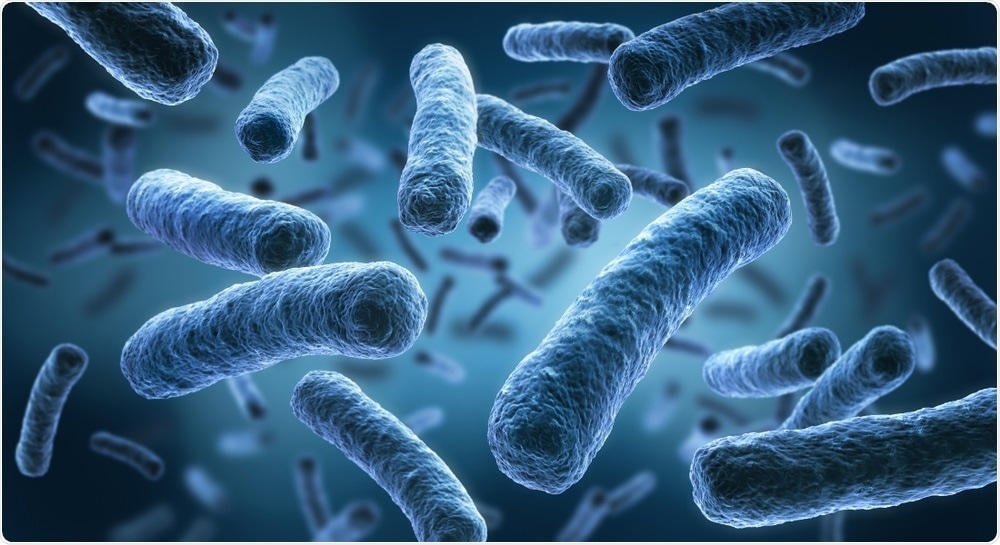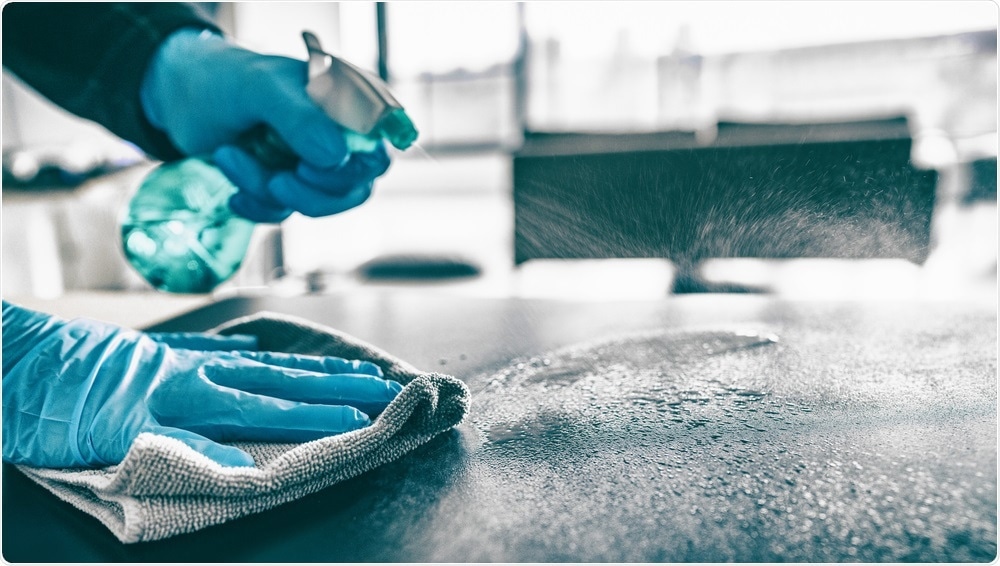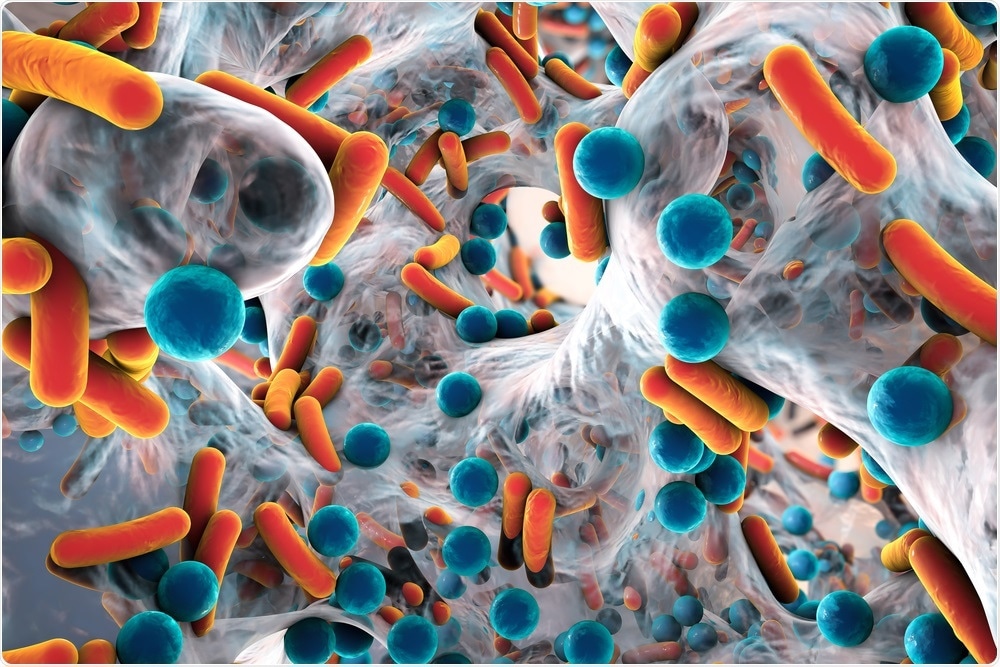I have been involved in research on the control of animal diseases for many years now. The control of any disease in a population (human or animal) is based on three main pillars. These are 1) vaccinations and vaccines, 2) treatment options (such as antibiotics for bacterial diseases), and 3) biosecurity.
With the ever-increasing problems with bacteria developing resistance to antibiotics, it is becoming essential to look at alternatives to antibiotics before we have no antibiotics left. The most likely solution to the antibiotic resistance crisis (particularly in animal production) would be improved biosecurity.
The current COVID-19 crisis has very much heightened people’s awareness and perception of biosecurity. Previously (10 to 15 years ago), the perception was that there is no resistance to disinfectants. However, this has since changed dramatically and a growing awareness and research field is looking at the development of resistance to disinfectants.
It has been discovered that many of the mechanisms that bacteria use to become resistant to antibiotics can also make them resistant to disinfectants. I have also been involved in the evaluation of the efficacy of antimicrobials for many years, so, investigating the development of resistance in bacteria to disinfectants was the next logical step.

Bacteria. Image Credit: peterschreiber.media/Shutterstock.com
Why is antibiotic resistance one of the biggest life-threatening challenges of our time? What factors have led to this resistance?
The world is very rapidly running out of antibiotics. Most people alive today have grown up in the era of antibiotics where bacterial infections are not really regarded as a major health risk and the focus is now firmly on viral diseases. There is one fundamental difference between bacteria and viruses in terms of how they replicate.
Animal viruses (this includes humans) require a living cell to replicate in. The replication rate of most animal viruses is measured in days. This slow replication rate allows the immune system of the host time to develop and control the viral infection.
Bacteria on the other hand do not require a host to replicate and their doubling time is recorded in minutes. A common well-known bacterium such as Escherichia coli has a doubling time of around 20 min under ideal conditions. In other words, it only takes just 20 minutes for a population of E. coli to go from 1 million to 2 million and another 20 mins to reach 4 million, and so on.
Without antibiotics, we will be forced to take bacterial diseases a lot more seriously. For example, in the pre-antibiotic era, it was estimated that one in three women who gave birth would become infected with a bacterium during the process and would die.
The main factor which has led to the pending crisis of antibiotic resistance is the misuse of antibiotics by man. There was a lot of discussion on who is to blame. The human side like to blame the massive use of antibiotics in animal production. Yes, this has been a major issue. It has been estimated that up to 70% of all antibiotics produced have been used in animal production mostly to improve production.
However, humans are not without blame. In the past, you would not leave the doctor's consulting room without antibiotics, irrespective of if they were needed or not. Each person who has not finished their course of antibiotics also has a share in the cause of the problem. The time to blame is past – we need to look for solutions.
What is meant by the term ‘biosecurity’?
Biosecurity means the process of preventing the pathogen from coming into contact with the individual. If this can be done, then there is no need to have a treatment. Biosecurity has become very important in the COVID-19 era. Wearing face-masks (which is believed to reduce the risk of contracting COVID-19 by as much as 70%), regular washing and disinfecting of hands has become common. This is a good thing but can become a double-edged sword.
The levels of disinfectant now being used have increased dramatically. In many parts of the world, the quality control on these disinfectants may not be completely up to scratch and we could be using many millions of liters of sub-standard, poor quality disinfectants. This is going to increase the resistance to disinfectants in the bacterial population.
How do disinfectants work at killing viruses?
There are two different major types of viruses. These are the enveloped viruses and the naked viruses. All viruses have genetic material (DNA or RNA) inside a basic protein shell. If this is all that the virus has, it will be a naked virus. The enveloped viruses have an additional layer (envelope) around the protein shell. This is a lipid layer that the virus picks up from the host cell.
The enveloped viruses are generally easy to inactivate with disinfectants. Anything which breaks the lipid layer will prevent the virus from getting back into the host cell. Most disinfectants will be quite effective against the enveloped viruses. Fortunately, Covid-19 is an enveloped virus. The structure of the envelope of the virus is very similar to a soap bubble. When a soap bubble dries up, it breaks. To some extent, this is the same as with enveloped viruses.
So you may well ask, why does this inactivate the virus? The envelope of the virus is used to gain entry to the host cell. The best way to explain this is again a soap bubble. If you have a soap bubble in each hand and you bring them together, as soon as they touch, they become one. This is a similar process, which happens with the enveloped virus and the host cell. So if the envelope of the virus is disrupted, the virus can no longer get into the host cell and if it cannot get into the host cell, it cannot cause disease!
The naked viruses, on the other hand, are highly resistant to disinfectants and very few products can effectively inactivate these viruses. The exact mechanisms of how the disinfectants inactive naked viruses are not known, but it must be some sort of disruption of the receptors of the virus.

Disinfectant. Image Credit: Maridav/Shutterstock.com
How has the COVID-19 pandemic led to the more frequent use of disinfectants?
The use of hand sanitizers to prevent COVID-19 infection has increased dramatically worldwide. Everywhere you go, someone is trying to spray something onto your hands. These are often in unmarked spray bottles and you have no idea what is in the spray bottle. Alcohol is the hand sanitizer of choice (not based on efficacy), but one of the biggest concerns is many people believe that if a little bit is good, more is better. Alcohol should not be used at a dilution of more than 70%.
If higher levels of alcohol are used it evaporates too quickly and there is not sufficient contact time to effectively inactivate the virus. There are also products where very low levels of other disinfectants have been added. These levels are so low that they will be below the minimum inhibitory concentration of the antimicrobial, and prolonged use of these sub MIC level products will increase resistance.
Can you describe how you carried out your latest research into bacteria and disinfectants?
My research team has been working on various aspects of efficacy and resistance to disinfectants for quite some time and we have various projects that are currently underway. Recently we identified a highly resistant strain of a Serratia species of bacteria. This strain was substantially more resistant to many different disinfectants than the reference strain. This great difference in the levels of susceptibility has allowed us to investigate various possible research mechanisms and also to look for possible novel resistance mechanisms.
Ms. Samantha Mc Carlie has done full genome sequencing of the highly resistant strain and has identified a larger number of novel genes in the highly resistant strain when compared to the ATCC reference strains. She is now working on transcriptomics analysis to investigate which genes are being expressed when the bacterium is faced with high levels of disinfectant in the environment.
Mr. Gunther Staats is currently studying the efflux pumps that have been found in the highly resistant strains and he is investigating if these efflux pumps modify the chemistry of the disinfectant they are pumping out, or if it is just a mechanical pumping action.
Ms. Bernadette Belter worked on the metabolism of disinfectants by the highly resistant strain and she found that the bacterium could grow on the disinfectant when this was the sole source of carbon. We have since then moved Ms. Belter onto our project in which we are attempting to express the spike protein of the South African variant of COVID-19 (in conjunction with Dr. Boucher).
Ms. Boudine van der Walt is investigating the role that plasmids play in the high level of resistance and if these plasmids are transferable.
Do you believe that your research will help us to further understand antibiotic resistance?
Our focus is on understanding the mechanisms of resistance to disinfectants and we are not focusing much on resistance to antibiotics. Antibiotic resistance is a well-studied field. There are resistance mechanisms that are shared between antibiotics and disinfectants and we are looking at how these mechanisms increase resistance to disinfectants.
We have, in the past investigated various options for control of bacterial diseases in a post-antibiotic era, such as bacteriophage therapy and improved vaccine development and we concluded that in animal production, the best option is going to be improved biosecurity. The development of resistance to disinfectants will have a negative impact on this and then it follows a negative impact on animal production.

Antibiotic Resistance. Image Credit: Kateryna Kon/Shutterstock.com
What advice would you give to people that are using disinfectants and hand sanitizers?
People should make sure that they only use good quality disinfectants and hand sanitizers that are supported by valid scientific data and are preferably registered. People should also make sure that the directions for use are followed closely.
Making a product more dilute than the recommended application can have serious consequences on the development of resistance to these disinfectants and as many of the mechanisms are linked, also increase the levels of resistance to antibiotics.
What are the next steps in your research?
We currently have a few projects related to the disinfectant work which are currently in progress and depending on the outcomes of the current projects, the next steps will be decided on.
Where can readers find more information?
The best place to find information would be on Researchgate where all of the peer-reviewed publications can be found and most can be downloaded. My Researchgate link is: https://www.researchgate.net/profile/Robert_Bragg3
About Professor Robert Bragg
Professor Robert Bragg obtained his B.Sc. degree in Microbiology and Zoology in December 1981, followed by a B.Sc (Hons) degree in Microbiology obtained in December 1982 and an M.Sc. degree in 1989, all from the University of the Witwatersrand. He obtained a Ph.D. from the University of Pretoria in May 1996.
Professor Bragg was employed at the Veterinary Research Institute at Onderstepoort from 1990 to 1998, where he worked on the disease of fish (bacterial and viral). In 1998, he moved to the Veterinary Faculty of the University of Pretoria where he worked on various poultry diseases, but mostly on infectious coryza and mostly focusing on vaccine development.
In 1998, he moved to the University of the Free State where he is still currently employed. He has been a member of the sub-committee to the Advisory Committee of the Genetically modified organisms Act (Act 15 of 1997) from June 2008.
His current teaching responsibilities include:
- MCBP 3724: Pathogens and Immunity (3rd year)
- MCBD 6824 : (Bacteriology) Bacterial ecology and taxonomy. (Hons)
- MCBD 6824 : (Virology) Virology ecology and taxonomy. (Hons)
- DIM 607: Public Health – Masters degree in Disaster Management
- DIM 608: Biological warfare – Masters degree in Disaster Management